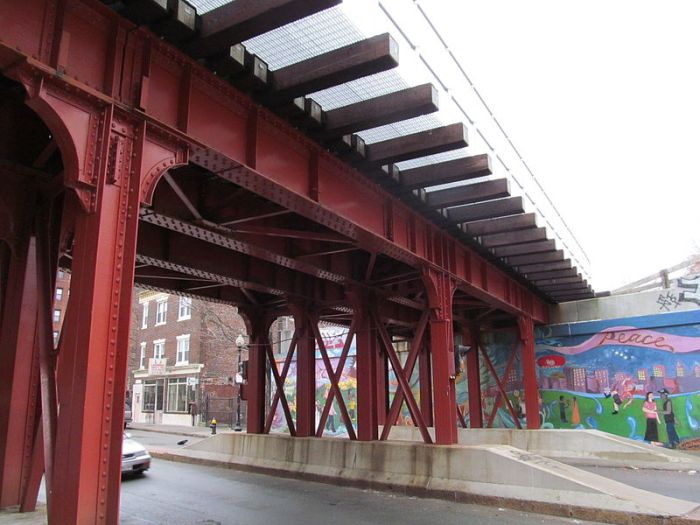The final Imagine Boston 2030 plan was released last month, but that doesn’t mean the opportunity for regular residents to be involved is over.
More than 15,000 residents contributed to the first city-wide plan in more than 50 years. Now, those same residents and more can keep the city accountable to their goals through the Imagine Boston 2030 metrics dashboard.
The city just recently unveiled the dashboard as a digital component to accompany the nearly 500-page plan, but officials having been putting it together since before the document came out.
“When [Mayor Marty Walsh] released the plan, he was really adamant about continuing this idea of using metrics to tell our story and have everyday residents engage in a lot of different ways,” said Natalia Urtubey, executive director of Imagine Boston 2030. “Everything from holding the city accountable to tracking metrics to really being able to learn about the city they live in.”
Just as the plan took nearly two years of work, it was a lot of effort to translate all that into an online dashboard. The dashboard focuses on the metrics behind the Imagine Boston 2030 goals, which help measure the success of that goal, Urtubey said.
For example, one goal of the plan is to increase access to opportunity. The metrics associated with that, that can be directly tracked with data, include child poverty rates, racial disparities in median household income and homeownership and Boston Public Schools graduation rates.
If you want to see if the city is succeeding when it comes to lessening racial disparities, click on that metric and the dashboard shows you statistics, data maps, charts and the details of how the Imagine Boston 2030 plan will tackle that topic.
“It serves as a tool of empowerment for public,” said Kayla Patel, who works in Boston’s Department of Innovation and Technology. “It gives the public the power to hold the city accountable in a more concrete way, it empowers us to hold ourselves accountable. … It’s this continuation of this[question], ‘What else can we give the public to make sure we’re creating the city they want to see?’”
The dashboard brings together data from multiple sources into one area so it’s easier to find. The information comes from the U.S. census, city agencies, the police department, public schools, the Public Health Commission, and more, said Christina Kim of the Boston Planning and Development Agency.
Historical data from the past 15 years or so is also included, she said, to provide context. Officials hope the dashboard can be updated every year, or as often as new data comes out.
“This really allows us to give information to people’s fingertips, for them to be able to go and explore and learn about city,” Urtubey said. “We hope people do use this tool not just for imagine Boston, but to look at it and say, ‘This is city I’m living in and something worth getting more involved with.’”


















